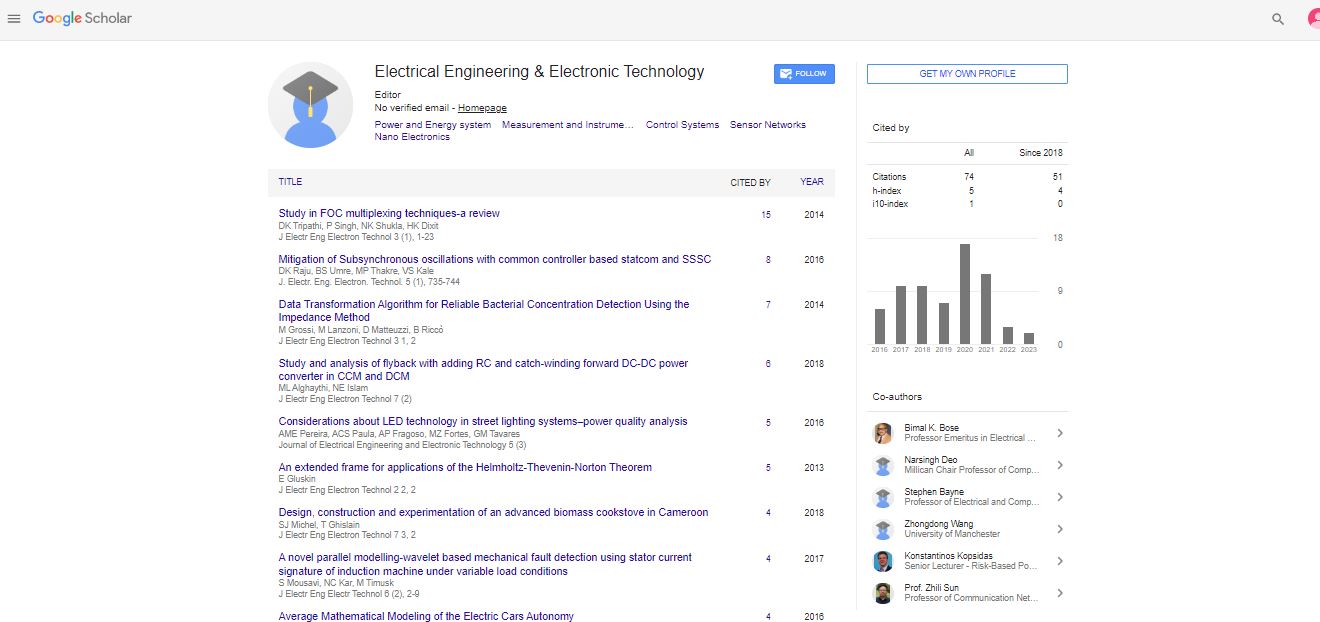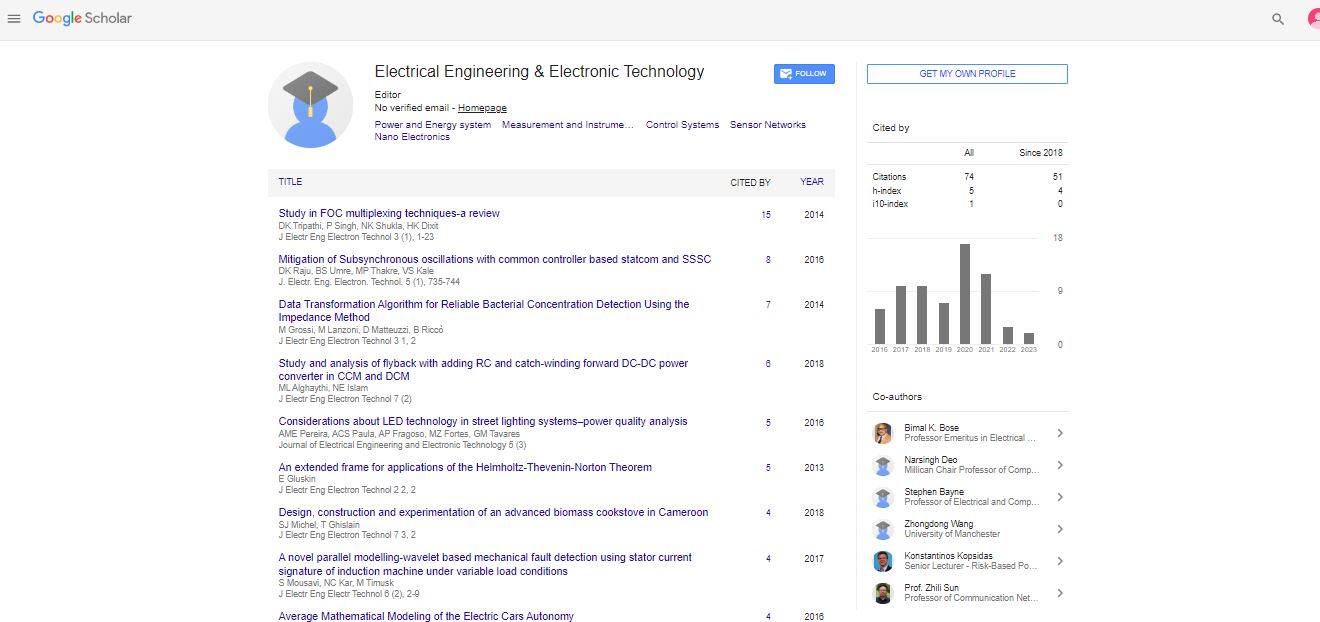Research Article, J Electr Eng Electron Technol Vol: 2 Issue: 1
Reducing Energy Consumption in Wireless Sensor Networks Using Hash Distribution Table
| Masoud Moradi1* and Arash Ahmadi2 | |
| 1Eyvan-e-Gharb Branch, Islamic Azad University, Eyvan, Iran | |
| 2Electrical Engineering Department, Engineering Faculty, Razi University, Kermanshah, Iran | |
| Corresponding author : Masoud Moradi Eyvan-e-Gharb Branch, Islamic Azad University, Eyvan, Iran E-mail: Masoudmoradi1362@yahoo.com |
|
| Received: January 23, 2013 Accepted: May 17, 2013 Published: May 24, 2013 | |
| Citation: Moradi M, Ahmadi A (2013) Reducing Energy Consumption in Wireless Sensor Networks Using Hash Distribution Table. J Electr Eng Electron Technol 2:1. doi:10.4172/2325-9833.1000106 |
Abstract
Reducing Energy Consumption in Wireless Sensor Networks Using Hash Distribution Table
Wireless sensor networks include many small sensor nodes. These nodes have limitations with respect to energy level, bandwidth, processing power, and memory. Because of these limitations, navigation, clustering, reduction of energy consumption, an increase of lifespan are much challenges in navigation through wireless sensor networks. This article presents a dispersed navigation protocol called “Bloom Filter”, which is based on older navigation protocols including Anita Kanavalli. Its aim is to optimize energy consumption of networks. This protocol was simulated using NS_2 and assessed. This study well with inexact and nonhomogeneous input and does not require heavy processing. This scheme uses the number of “sends” to a node instead of that node’s residual energy to determine its eligibility as a receiving node, and these results in drastic energy savings.
 Spanish
Spanish  Chinese
Chinese  Russian
Russian  German
German  French
French  Japanese
Japanese  Portuguese
Portuguese  Hindi
Hindi 
